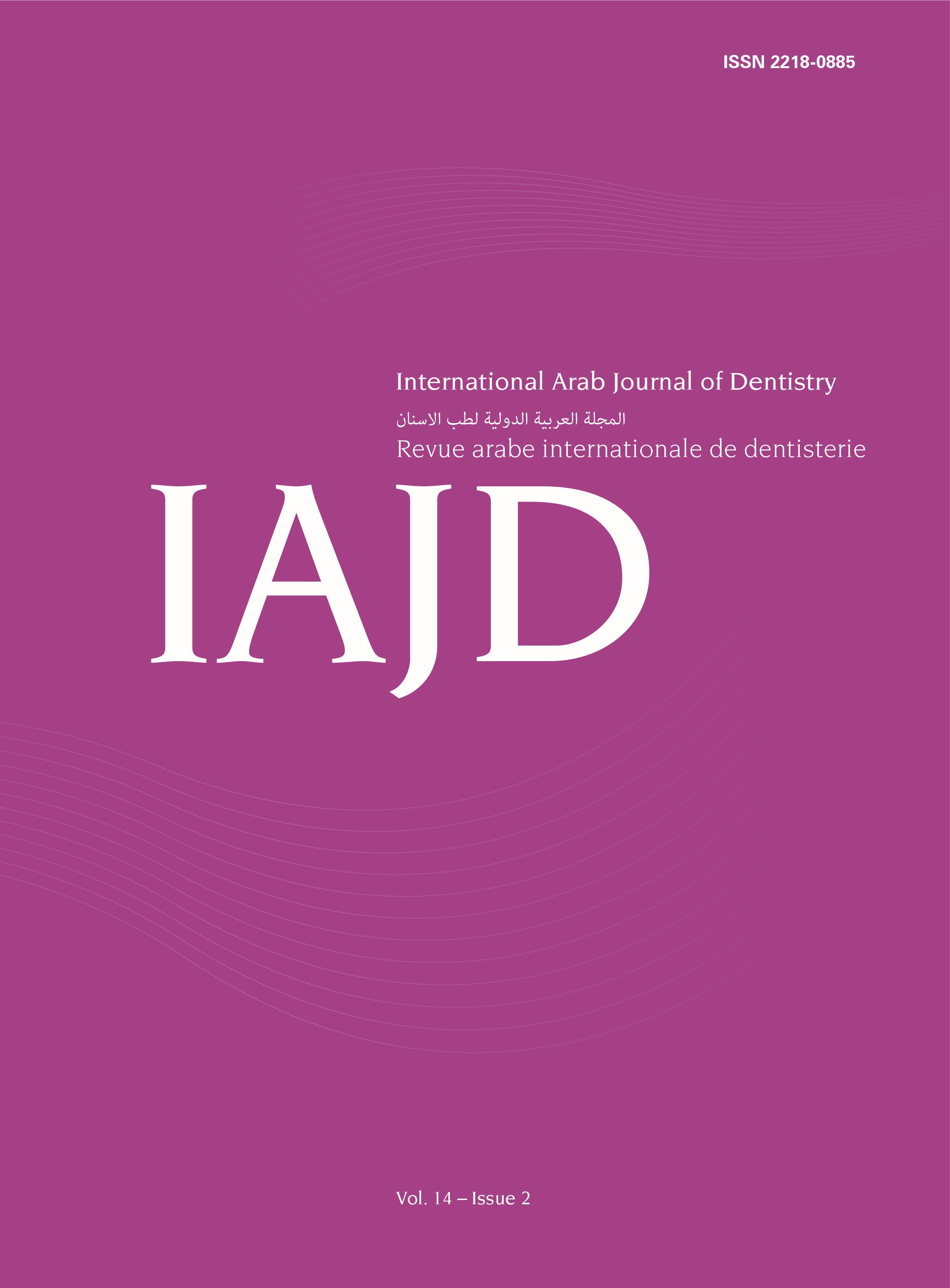Abstract
Introduction: The aim of this study is to compare retrospectively tooth loss (TL) rates in two cohorts, regular vs irregular compliant individuals, and smokers vs non-smokers, with a follow-up up to 50 years.
Methods: Chart data were collected from 192 patients undergoing supportive periodontal therapy (SPT) after non-surgical and/or surgical periodontal treatment for 10 - 50 (mean 24.89 ± 10.23) years. Patients were categorized as RC (attending regularly to their scheduled SPT with maximum delay of 6 months), and IC (patients missed at least one of the recall visits but continued to come on an irregular basis with a maximum delay of 18 months). Patients were then classified as smokers and non-smokers. Univariate comparisons between cohort groups were performed to assess significant differences at the level of baseline characteristics. Bivariate analyses were also performed between the main outcome variable (tooth loss) and baseline characteristics of the participants. Two negative binomial regression models were carried out in order to control confounding factors.
Results: A total of 4870 (25.36 ± 4.08) teeth were present at baseline. 423 (2.2 ± 3.44) teeth were lost during follow-up (SPT), corresponding to 0.07, 0.11, 0.08, and 0.09 TL annually among RC, IC, smokers, and non-smokers, respectively, with significant difference present only between RC and IC. Age > 40 years was found to increase TL rates.
Conclusions: Compliance with SPT affects TL rates after a mean of 24.89 years of follow-up. RC showed less TL than IC patients. Smoking did not reach statistical significance.

